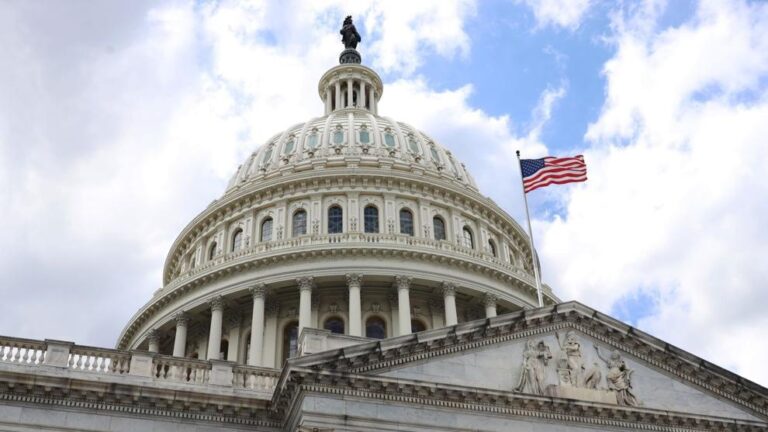(The Center Square) – Credit-rating agencies are watching a U.S. budget reconciliation process for potential impact on budget deficits and federal debt.
The outcome of the Congressional budget process could affect how credit agencies like S&P Global evaluate the federal government’s credit worthiness.
“In particular, these discussions could affect our view of the U.S.’s fiscal profile – the sovereign’s key credit weakness, with net general government debt that we forecast will rise toward 100% of GDP,” S&P Global Ratings credit analyst Lisa Schineller said.
Congressional leaders employed an accounting gimmick that has raised eyebrows for how it treats the debt the U.S. will add by extending the tax rates included in the 2017 Tax Cuts and Jobs Act. Extending those rates could cost more than $4 trillion.
Maya MacGuineas, president of the Committee for a Responsible Federal Budget, called the resulting budget an “absolute disgrace.”
“This budget sets the stage for the largest deficit increase in history – an unprecedented bill that requires just $4 billion in savings to offset up to $5.8 trillion in deficits,” she said.
S&P Global said “at this stage, though, the impact is unclear.”
“The adoption of an unprecedented accounting approach in the budget resolution and reconciliation process reinforces the lack of clarity about the magnitude of future deficits,” S&P noted. “This legislation also incorporates an increase in the debt ceiling, which is currently binding. We expect Congress to take action to raise or suspend the debt ceiling by the needed ‘X-date’ later this year.”
S&P also took a dim view of Trump’s trade policies, noting the market uncertainty caused by his on-again, off-again tariffs.
“We expect intense bilateral negotiations over the next few months amid continued market volatility,” the S&P report noted.
The agency also said it expected Trump’s unilateral moves on trade and other issues to soon face Congressional oversight.
“Most policy initiatives to date have relied on over 110 executive orders. However, Congress will take a more prominent role in fiscal policy articulation,” according to the report. “Fiscal policy outcomes that will be key for the government’s fiscal trajectory cannot be accomplished with executive orders. House and Senate Republicans will formulate tax and spending initiatives – in concert with the administration.”
Last week, the House narrowly passed a $5.8 trillion concurrent budget resolution.
MacGuineas warned that people are watching.
“The recent turmoil in the markets only serves as a reminder that the world – including our adversaries, who we borrow from – is paying attention to U.S. fiscal policy,” she said. “There are real dangers that passing a debt increase this large could trigger a debt spiral and fiscal crisis.”
S&P said U.S. federal debt and deficits remain its biggest concern.
“The general government deficit (including state and local governments) was on the rise pre-pandemic and now, at 6%-7% of GDP this year, remains above pre-pandemic levels,” S&P noted. “A clearer picture on the deficit trajectory should emerge with the reconciliation negotiations. The broad configuration, however, thus far points to a higher deficit in coming years. This is on top of the structural rise in aging-related expenditure and higher interest payments.”

